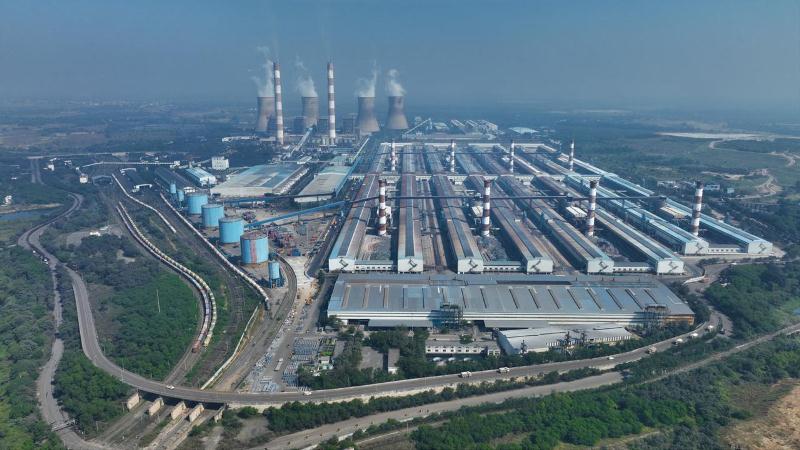Vedanta’s cruises along with its Rs 1 lakh Cr investment intent to transform Odisha into a global aluminium hub

By Subrat Sarangi
Bhubaneswar, April 1: Odisha is emerging as a powerhouse in India’s industrial landscape, driven by its abundant mineral resources, progressive business environment, and skilled workforce. Spearheading this transformation is Vedanta Aluminium, which has announced a monumental investment of Rs 1 lakh crore to elevate Odisha into a global aluminium hub.
Vedanta Aluminium Chief Operating Officer (COO) Sunil Gupta on Monday highlighted the company’s unwavering commitment to Odisha’s industrial growth. “Our journey in Odisha has been nothing short of transformative. From pioneering the country’s first women-operated potline to fostering sustainable growth through skill development and environmental initiatives, we are dedicated to shaping Odisha’s bright future,” he remarked.
Aluminium, often referred to as the ‘Metal of the Future,’ is vital for emerging green technologies, which will drive India’s Net Zero Carbon (NZC) ambitions. With 41 per cent of India’s bauxite reserves located in Odisha, the state is well-positioned to play a pivotal role in the global aluminium supply chain.
Vedanta, the largest investor in Odisha, has played a crucial role in the state’s economic development, contributing nearly 4 per cent to its Gross State Domestic Product (GSDP). Its 1.8 million tonnes per annum (MTPA) smelter in Jharsuguda is the largest in the world and the only Indian smelter in the prestigious global one-million-tonne club. Additionally, Vedanta operates a 3.5 MTPA alumina refinery in Lanjigarh, Kalahandi.
The company’s extensive operations have spurred the growth of over 20,000 MSMEs, fostering a dynamic industrial ecosystem. Vedanta’s new investment will facilitate the development of a 3 MTPA aluminium plant and a state-of-the-art aluminium park in Jharsuguda, creating thousands of jobs and livelihood opportunities.
According to industry analysts, as Vedanta expands its mining operations across multiple districts, each site holds the potential to generate up to 10,000 direct and indirect employment opportunities, integrating remote regions into the socio-economic mainstream.




